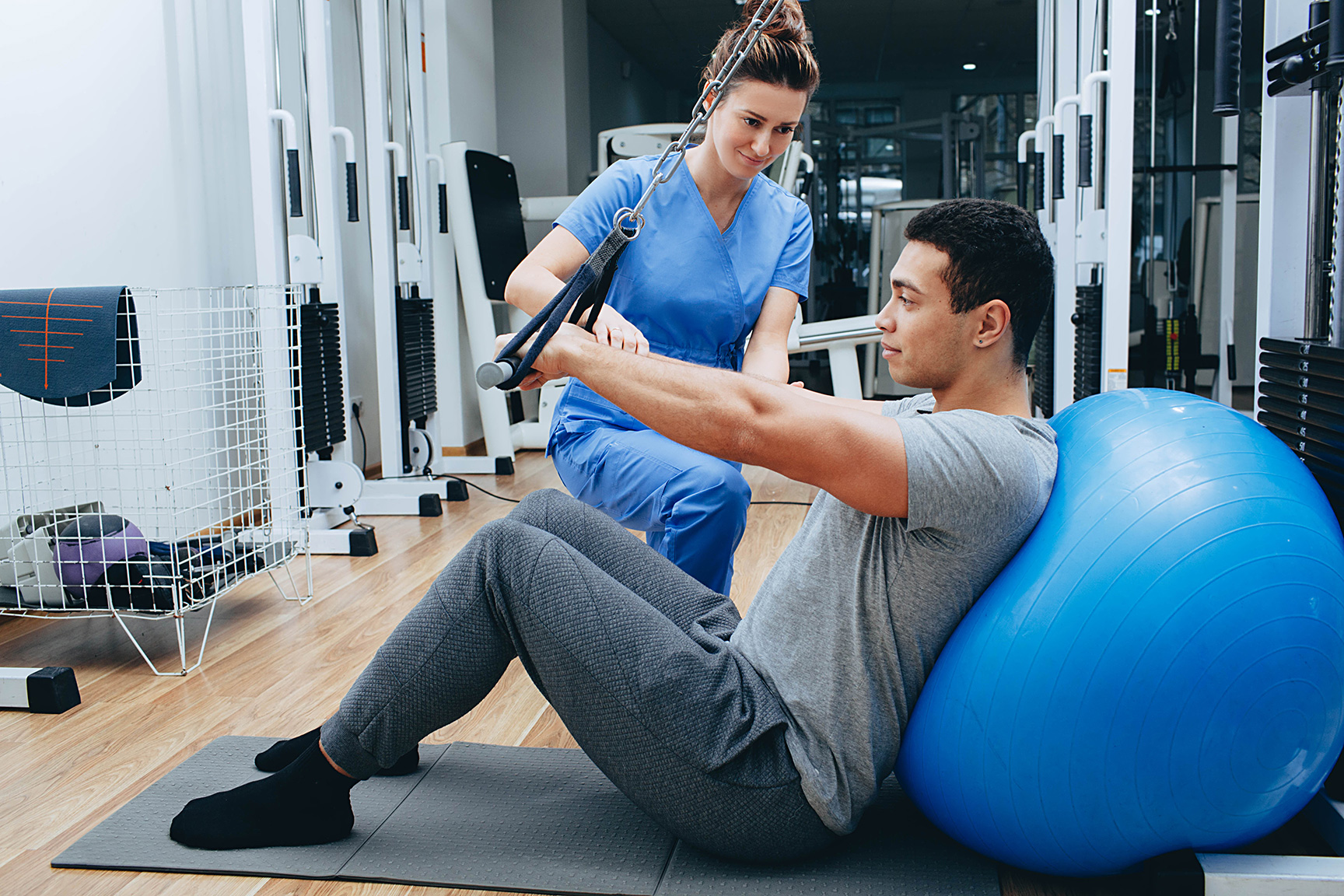In many cases, clients with joint pain or traumas often experience a reduction in mobility. For example, disorders like arthritis can restrict how much a joint can move, making it challenging for individuals to perform tasks such as walking or ascending stairs. Physical therapists often focus on exercises that enhance mobility through stretching and fortification. These activities can help restore the range of movement, making it easier for patients to participate in their everyday tasks. However, increasing range of motion without accounting for stability can lead to additional harm, highlighting the necessity for a holistic approach.

Stability is equally crucial in therapy. When a joint is deficient in stability, it becomes more susceptible to injuries during activity. For instance, an wobbly knee articulation can lead to strains or tears while running or leaping. To improve stability, rehabilitation specialists may incorporate exercises that strengthen the muscle groups around the joint. These activities help support the articulation and prevent excess motion that could result to injury. By focusing on both range of motion and stability, rehabilitation specialists can provide a comprehensive care plan that meets the unique requirements of each patient.
The interaction between joint mobility and stability is especially clear in sports medicine. Sports participants often require a elevated level of both mobility and control to perform at their optimal. For example, a dancer needs to have flexible joints to perform complex actions while also maintaining control to avoid falls. In athletic conditioning, coaches and trainers stress the importance of cultivating both aspects to improve performance and minimize the chance of injuries. This method ensures that athletes can perform effectively while keeping their joints safe during strenuous activities.
In conclusion, comprehending the relationship between articular mobility and control can lead to better results for patients in multiple environments, from therapy facilities next page to athletic conditioning centers. By encouraging both aspects, medical practitioners can help patients recover their power and confidence. This integrated method see here now not only helps in recovery but also arms individuals with the resources they need to prevent subsequent injuries. As research progresses to evolve in this field, the importance of integrating range of motion and stability in care plans will continue to be a central priority for improving client care and general health.